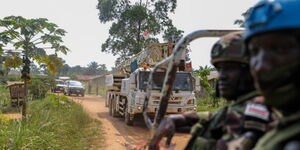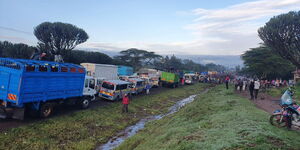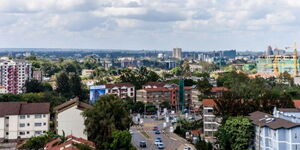The name Kabarak is synonymous with retired President Daniel Moi and rightfully so, because he owns the name's trademark license.
Former Defence Minister, Njenga Karume, wrote in his book, Beyond Expectations, From Charcoal to Gold, how Moi came to own the extensive farm in Nakuru.
After Kenya's first President Mzee Jomo Kenyatta gave a decree, that land would be acquired from Britons who were exiting Kenya, on the basis of willing buyer, willing seller, many leaders rushed to buy large tracts of land.
At one time, then-Vice President Daniel Arap Moi, had the opportunity to buy a farm in Rongai, Nakuru, from a departing white settler.
Moi informed Kenyatta about the farm and asked him to buy it, so that he could have a place to visit when at State House, Nakuru, or attending functions in the area.
Kenyatta, however, pushed his VP to buy the farm for himself.
"He told Moi that he had many farms and that it was Moi who did not have any farms to talk about. He advised Moi to buy the farm for himself and that is how Moi acquired his famous Kabarak Farm," Karume recounted in his book.
The VP later arranged for Kenyatta to buy another farm in the area, which became known as Gicheha Farm.
In the Gicheha Farm, the first family invested very heavily in agriculture.
A majority of the animals reared in the expansive land are imported from South Africa and they include Boer goats, Brangus, Charolais, Hereford, Brahman and Ankole from Uganda. Local breeds include the Borans and Sahiwals.
David Njoroge, the farm manager, once told Nation that President Uhuru Kenyatta loves the beef cattle so much, that he visits virtually every corner of the farm, inspecting the herd and making inquiries.
The ranch, which employs about 30 workers, has a hay stock that can last for three years if the rains fail. At least 2,000 acres is dedicated for planting Boma Rhodes grass, for hay production.
Each animal on the farm has a file that documents its history-breed name, date of birth, parent breed, hardiness, weight at birth, disease history, the reason for disposing it and expected maturity date for the market.












